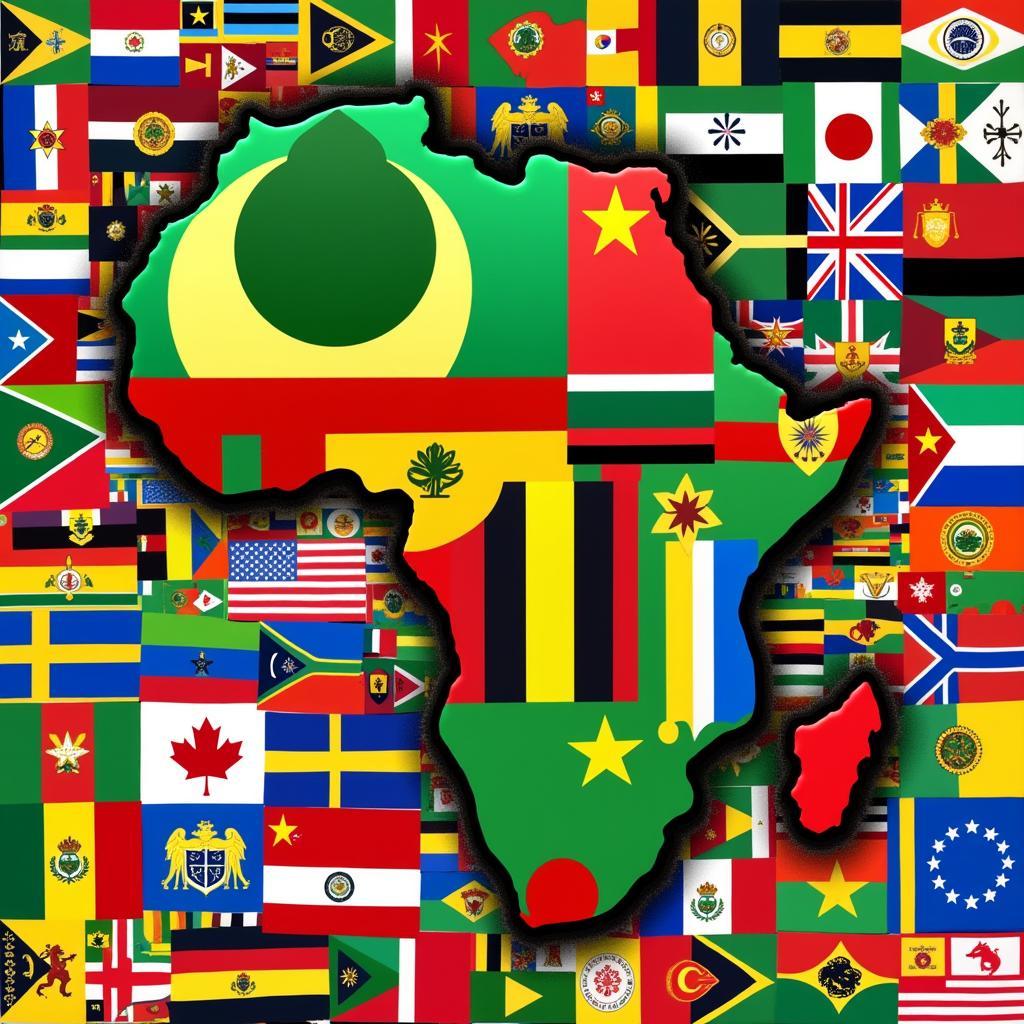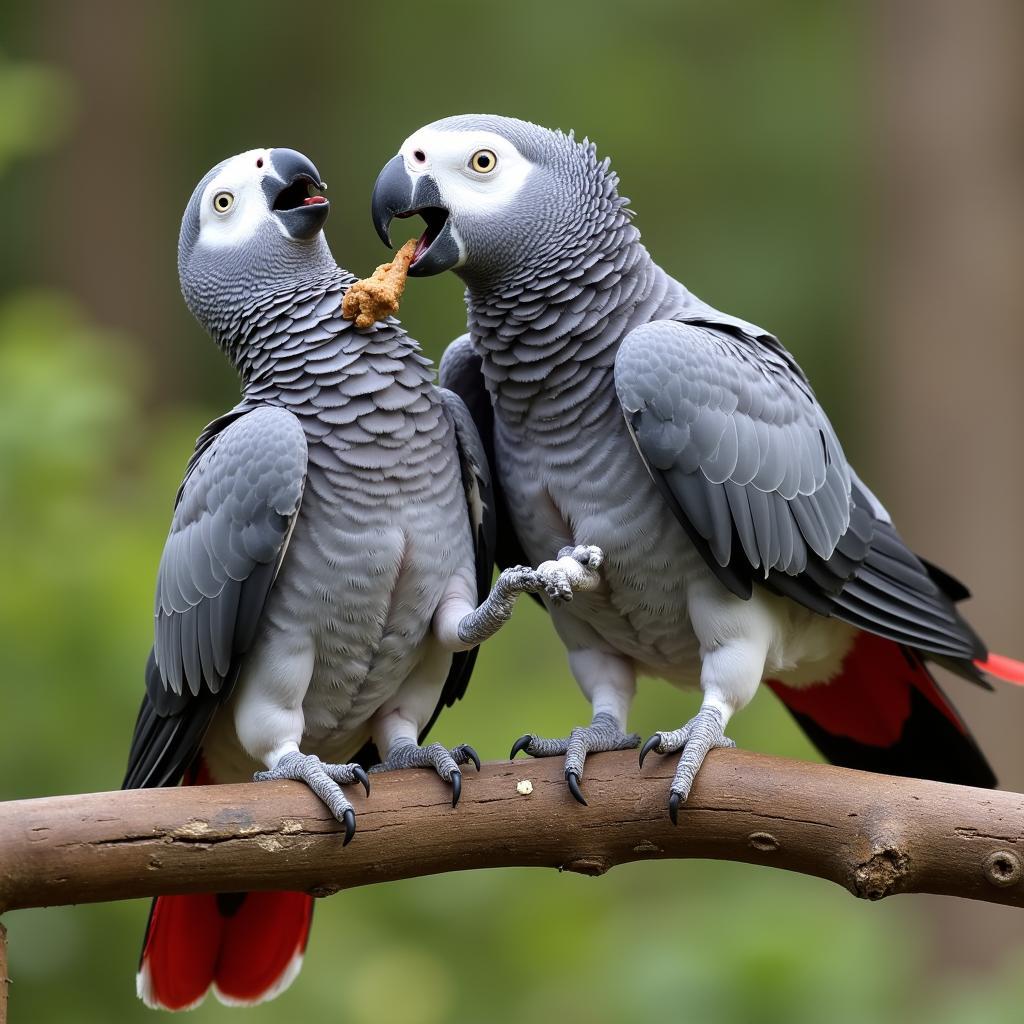African Huge Hips: Celebrating Curves and Challenging Perceptions
African women are renowned worldwide for their beauty, strength, and captivating presence. And while beauty standards vary across cultures, one feature often associated with African femininity is the “huge hips.” This phrase, however, requires careful unpacking, moving beyond a purely physical attribute to understand the cultural significance, artistic representations, and evolving perceptions surrounding curvier physiques in the African context.
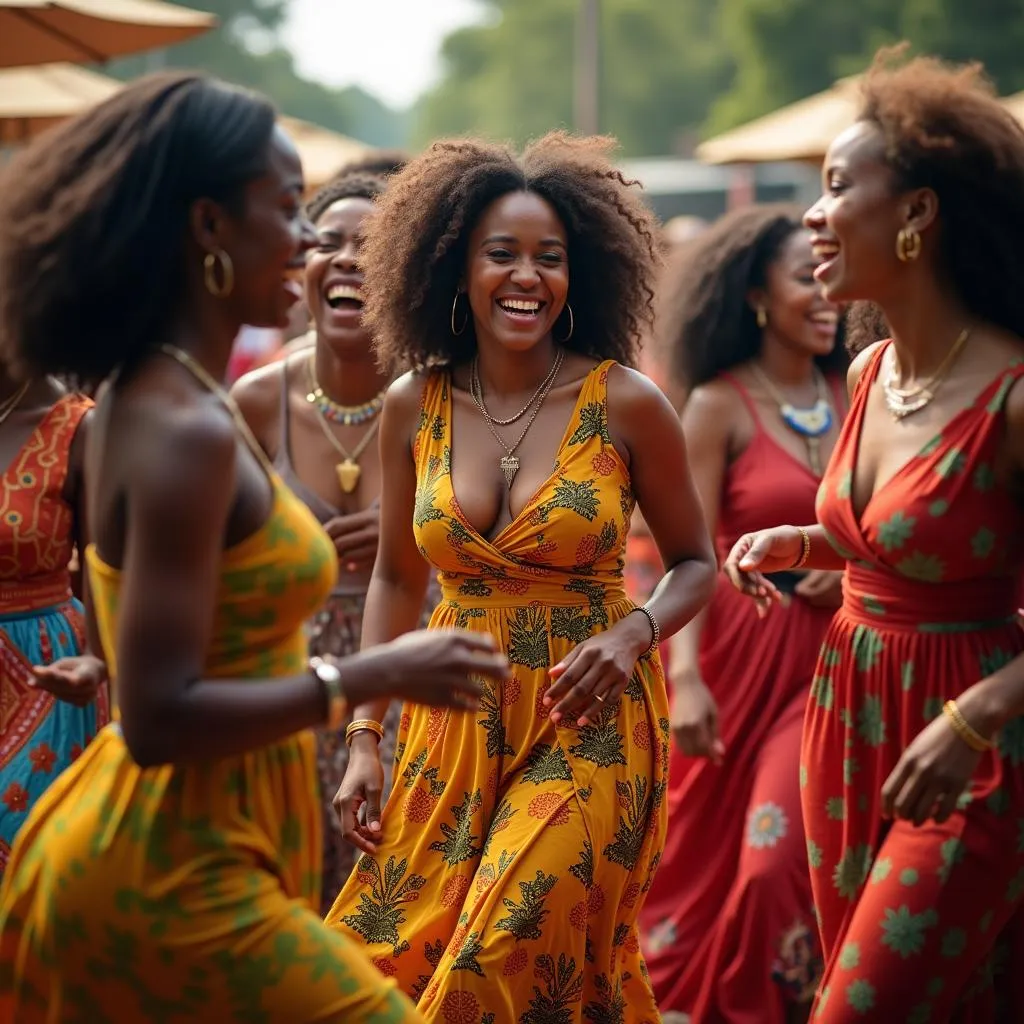 African women dancing in colorful traditional clothing during a vibrant cultural celebration
African women dancing in colorful traditional clothing during a vibrant cultural celebration
Beyond Size: Understanding the Significance of Hips in African Cultures
Across numerous African societies, a woman’s hips have historically symbolized fertility, motherhood, and abundant life. In agricultural communities, larger hips were often linked to the ability to bear and nurture many children, ensuring the continuation of lineage and prosperity. This association stems from a deep reverence for the life-giving power of women and the central role they play in sustaining families and communities.
This cultural appreciation for curvier silhouettes manifests in various aspects of African Life, from traditional dances that emphasize hip movements to proverbs and songs that celebrate voluptuous figures. For instance, in certain West African cultures, the “Djembe” drum, with its rounded shape, is often likened to a woman’s hips, symbolizing rhythm, life, and the heartbeat of the community.
Artistic Expressions: Celebrating the Beauty of Curves
Throughout history, African art has consistently reflected the admiration for fuller figures. Traditional sculptures, masks, and fertility dolls often depict women with accentuated hips and breasts, highlighting their role as life-givers and nurturers. These artistic representations transcend mere physical attributes, embodying ideals of femininity, sensuality, and spiritual power.
The influence of these traditional aesthetics extends to contemporary African art forms. From fashion designers embracing curvy models to musicians celebrating body positivity in their lyrics, there’s a growing movement challenging Westernized beauty standards and reclaiming the narrative around African beauty.
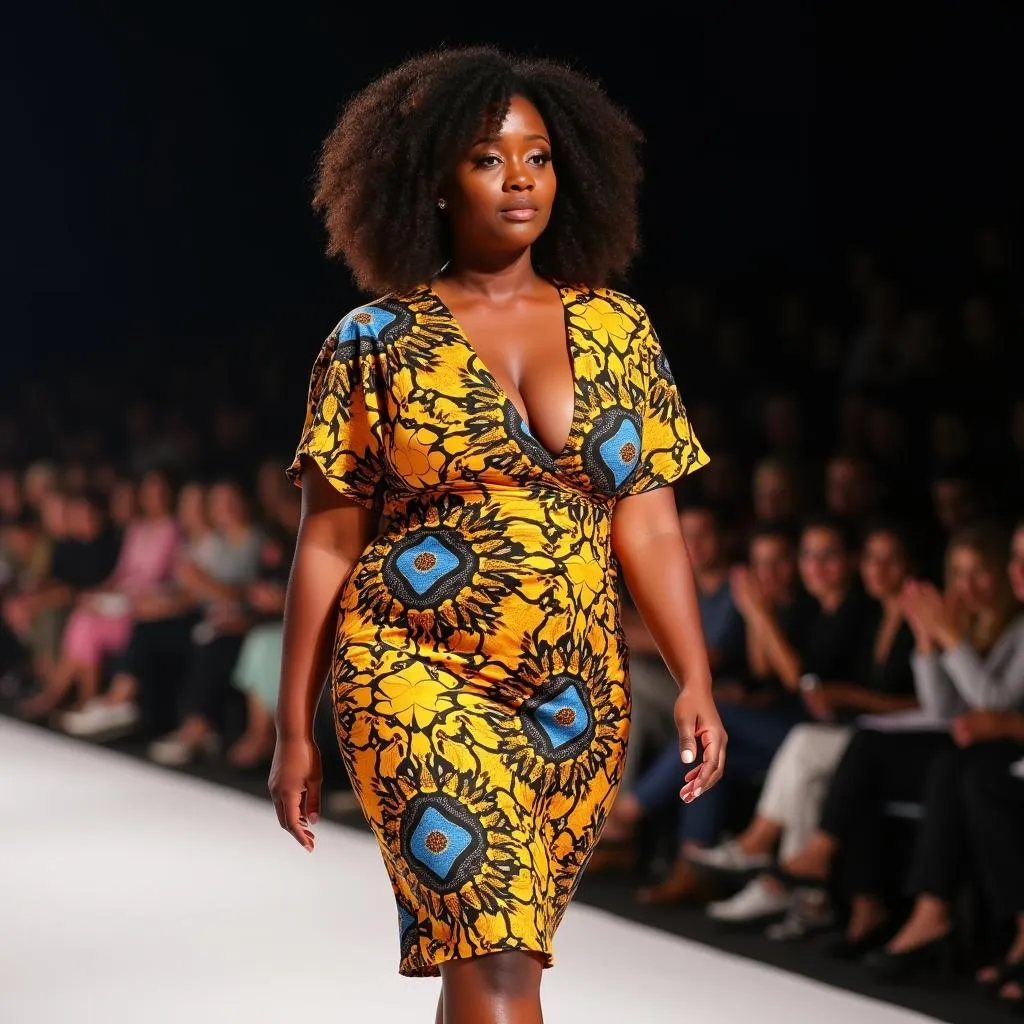 A confident African model walks the runway in a vibrant dress during an African fashion show
A confident African model walks the runway in a vibrant dress during an African fashion show
Shifting Perceptions: Body Image in a Globalized World
While traditional values in many African cultures embrace curvier physiques, the influence of globalization and Western media has introduced new complexities to body image perceptions. Exposure to idealized, often unattainable, body types portrayed in international media has led to a rise in body dissatisfaction and pressure to conform to these external standards, especially among younger generations.
However, alongside these challenges, there’s also a growing movement of body positivity and self-love emerging within Africa. Influencers, activists, and everyday individuals are using their platforms to challenge Eurocentric beauty standards and promote the appreciation of diverse body shapes and sizes.
Why is “African Huge Hips” Searched?
The search term “African Huge Hips” likely reflects a curiosity about African beauty standards and the cultural significance attached to curvier physiques. While it’s crucial to approach this topic with sensitivity and avoid generalizations, understanding the historical context, artistic expressions, and evolving perceptions around body image in Africa can foster cross-cultural understanding and appreciation.
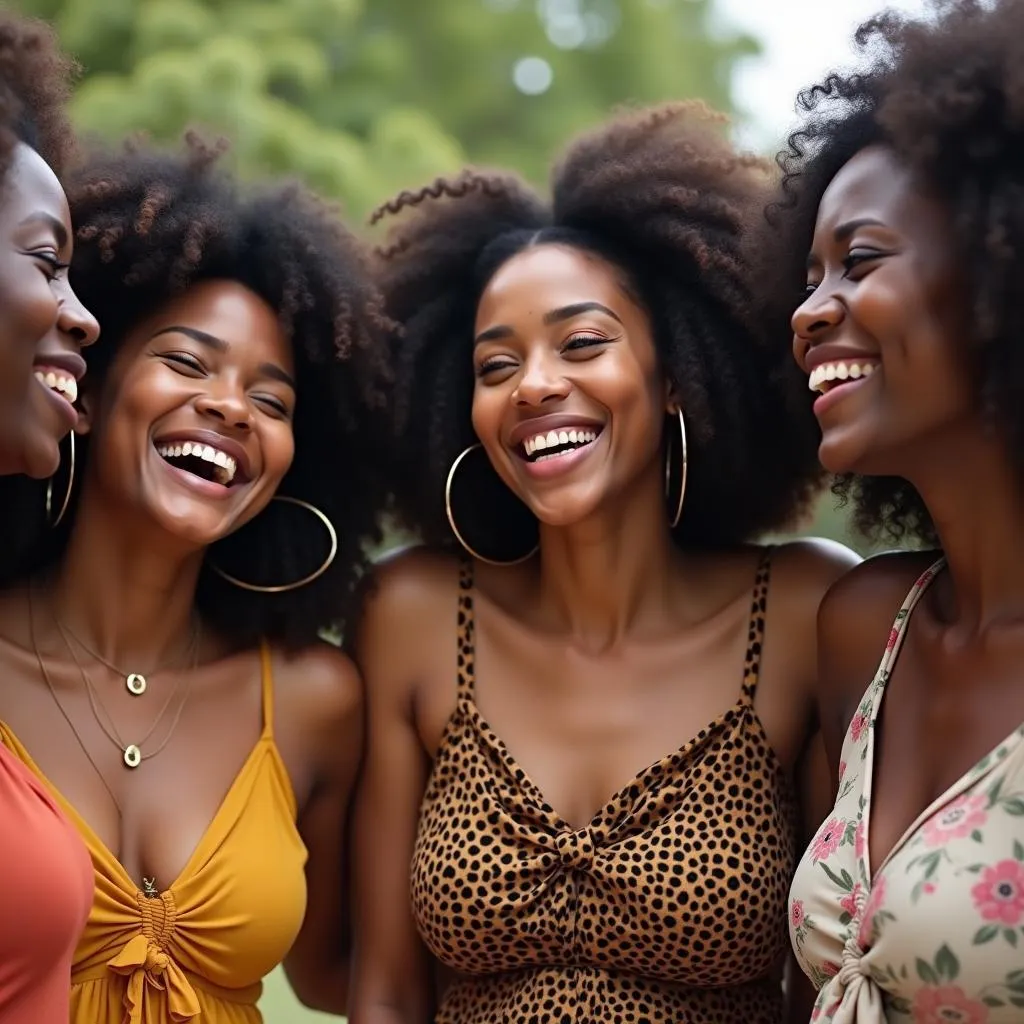 Group of diverse African women laughing together outdoors in a park, radiating joy and confidence
Group of diverse African women laughing together outdoors in a park, radiating joy and confidence
Conclusion
Celebrating the beauty of African women goes beyond fixating on physical attributes. It involves recognizing the rich cultural tapestry, the diverse beauty standards, and the evolving perceptions around body image. By engaging with these nuances, we can move towards a more inclusive understanding of beauty that celebrates the strength, resilience, and captivating presence of African women in all their diversity.
